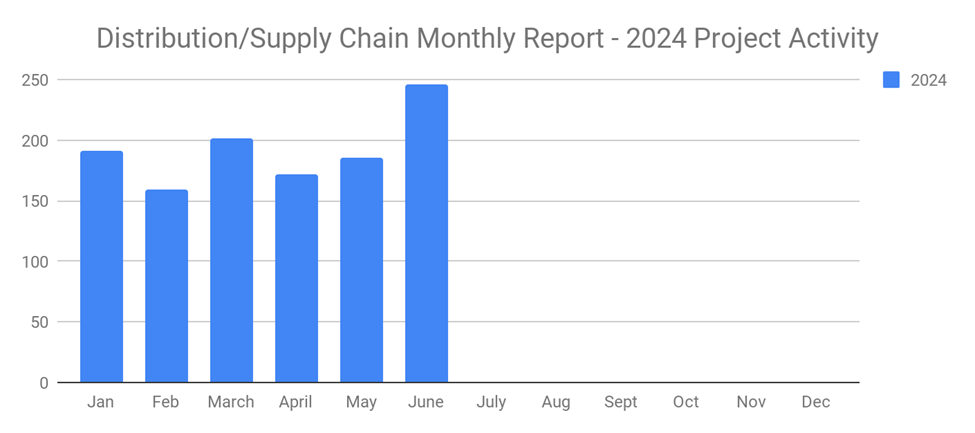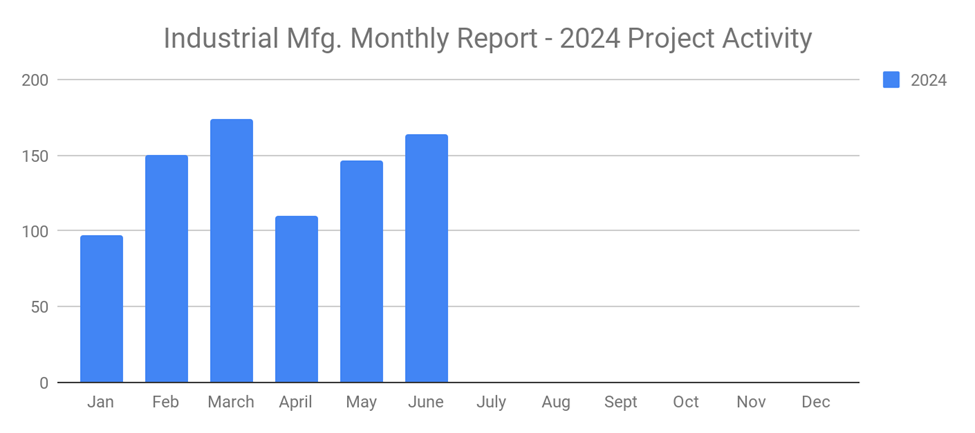-
Posted On Friday, September 01, 2017 by Robert Smith

The right content can help your business-to-business (B2B) company succeed by attracting new clients, building a stronger brand, and ultimately setting yourself apart from your competitors. In fact, the Content Marketing Institute states that content marketing is the single most commonly used strategy by 89% B2B marketers. Other studies show that 80% of people "appreciate" the content produced by companies.
If you want to succeed with content marketing, however, you need to focus on quality instead of quantity. This means producing fewer, better pieces of content. So, what's the best way to create compelling, high-quality content for a B2B audience?
Define Your Goals
First, you need to define your goals. In other words, what do you hope to accomplish by producing high-quality content? Maybe it's lead generation, sales, brand exposure or a combination thereof. The goals of your content marketing efforts will ultimately dictate your approach. Therefore, you need to define your goals before proceeding to actually creating the content.
Define Your Target Audience
Next, ask yourself who will read the content. Even if your company has a primary target audience (which it probably does), you may want to produce content for a smaller sub-segment. Doing so allows you to create a stronger connection with your audience while also minimizing the amount of competition you'll face for the respective topic.
Choose Your Topic
Now comes the task of choosing a topic for your content. This is perhaps the most important step in creating B2B content. If the topic is boring, generic or otherwise not interesting to your target audience, it's not going to yield much value, regardless of its quality.
When choosing a topic, focus on two things: relevance and popularity (from your audience's perspective). The topic should be relevant to your company and what it offers, and it should also receive a decent amount of search volume by your target audience. If you need help choosing a topic, try brainstorming ideas using Google Trends.
The Format
Some B2B marketers automatically assume that text is the most effective format for their content. Granted, text is always a great choice, but it's not the only choice. Other content formats to consider include infographics, videos and PDF guides.
If you decide to use text format, be sure to break it up into multiple small sections instead of just a single "wall of text." Additionally, add images to help break up the text so it's easier to digest.
What to learn more? Get in Touch
Latest Posts
-

New Distribution and Supply Chain Industrial Projects Surge to 246 in June 2024
-

New Industrial Manufacturing Projects Third Month in a Row of Growth with 164 New Projects for June 2024
-

Planned Industrial Construction Projects Continue Strong in June 2024 with 496 New Projects
-

New Food and Beverage Planned Projects with Stellar Growth in June 2024 with 71 New Projects
